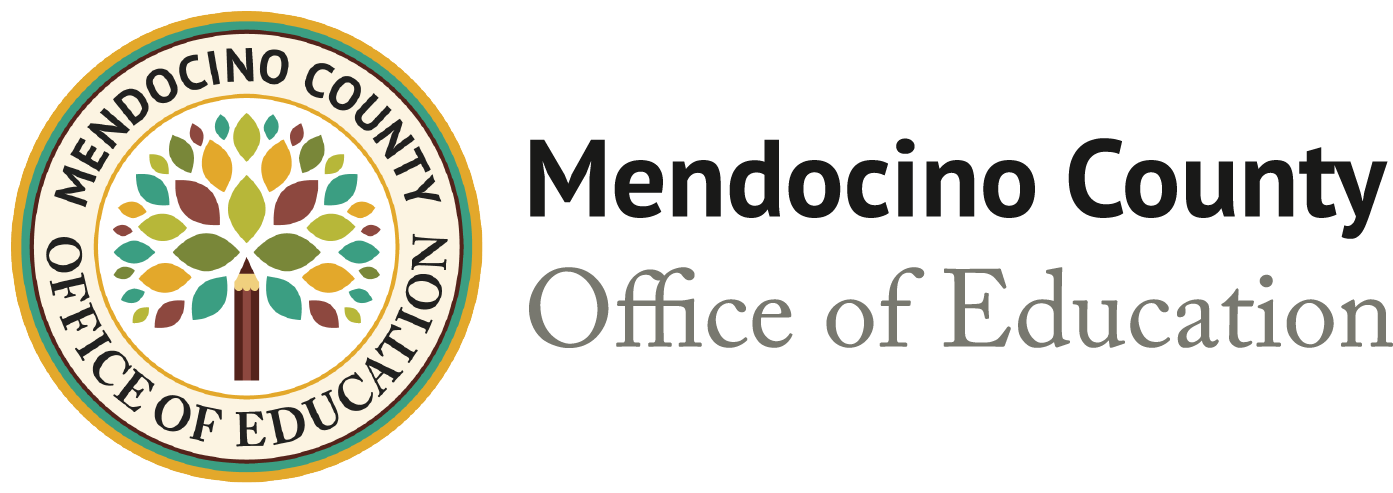
TECHNOLOGY IN EDUCATION-USING A DATA-DRIVEN APPROACH
Mendocino County Office of Education: A Perspective on Education
One of the most effective ways to solve problems is to include the following steps.
- Define the goal as specifically as possible.
- Make sure you can measure progress.
- Collect and review relevant data frequently.
- Iterate.
- Return to step 3 until the goal is reached.
At the state level in education, we often struggle to gather, review, and respond to data in a timely manner and it’s hurting our schools. When we do state-wide benchmark testing, schools do not receive results until after the following school year has already begun, so we do not get the opportunity to rethink which classes we should offer or which students would benefit from various types of curriculum. It feels like we’re always a year behind. In this age of technology, I cannot fathom why this remains the case.
I recently attended a meeting with fellow county superintendents of schools and many of us feel frustrated. The good news is that the California County Superintendents Educational Services Association (aka CCSESA-pronounced “see-ses-uh”) has been supporting a continuous improvement approach and if enough superintendents carry the messages of our districts to the state level, change should follow.
Using a data-driven approach to problem-solving would allow us to reach better conclusions and to model improvement science for our students. Every day in education, we make decisions about logistics, administration, academics and social issues. When we do so using a formal problem-solving model with access to relevant data formatted so decision-makers understand it and can integrate it, we do better. To be clear, many educators make great decisions every day. My point is that our process would be enhanced with access to data. Seasoned educators and administrators can only do so much in the absence of information.
Think about the last time you learned a new skill. If you got timely feedback and helpful instruction, you probably progressed quickly. If it became clear you didn’t have the tool you needed to succeed, you probably went and got it rather than continually trying to achieve without it. Feedback is important.
We need to know how our students and teachers are faring compared to statewide norms so we can build on our strengths and make up for our weaknesses. The Carnegie Foundation defines Improvement Science as “explicitly designed to accelerate learning-by-doing. As the improvement process advances, previously invisible problems often emerge, and improvement activities may need to tack in new directions. The overall goal is to develop the necessary know-how for a reform idea ultimately to spread faster and more effectively. It is an iterative process often extending over considerable periods of time.”
In this age of information, it’s time for us to start thinking differently, to figure out how we can gather and use data so our students have the skills they need to succeed in a changing world.
Michelle Hutchins
Mendocino County
Superintendent of Schools

